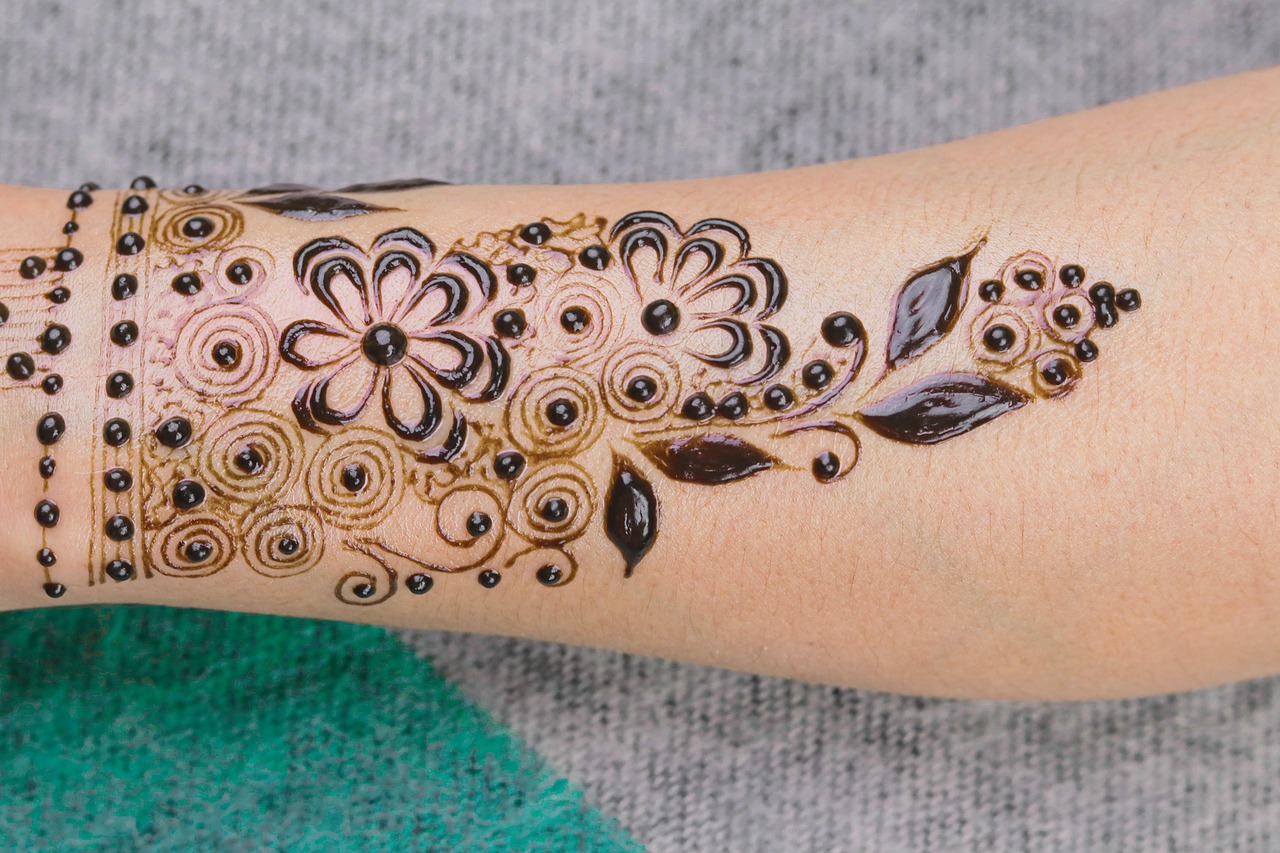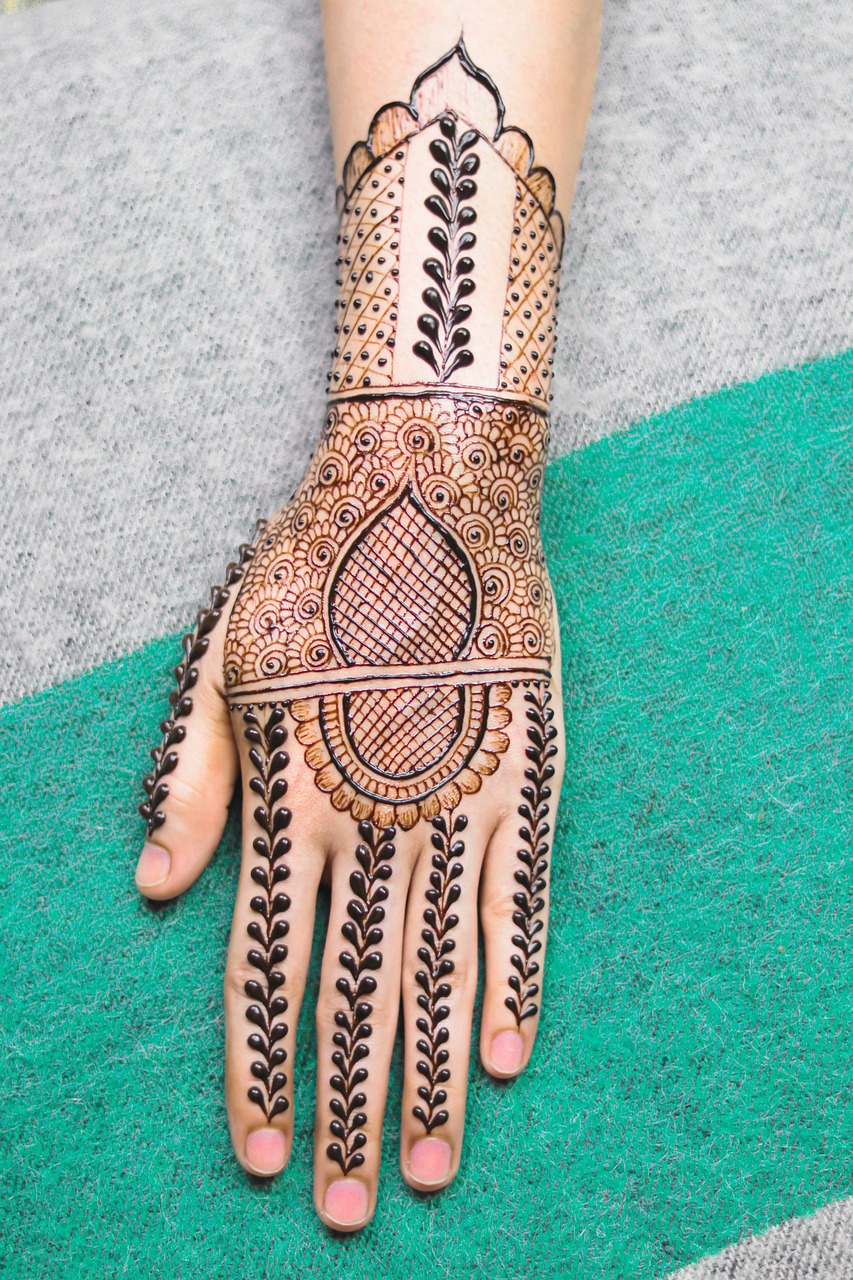Unveiling the Beauty of Krishna Design Mehndi: A Timeless Art
Mehndi designs have always held a special place in Indian culture, symbolizing elegance, artistry, and spirituality. Among these, Krishna design mehndi stands out for its intricate details and devotional themes. This article explores the allure of Krishna-themed mehndi, its significance, and practical insights to create these stunning designs.
Understanding the Essence of Krishna Design Mehndi
The Krishna design mehndi is inspired by the life and legends of Lord Krishna, one of the most revered deities in Hinduism. These designs typically feature elements like Krishna’s flute, peacock feathers, cows, and Radha-Krishna motifs, representing love, divinity, and serenity. Incorporating these sacred symbols not only enhances the aesthetic appeal but also adds profound spiritual value.
What Makes Krishna Design Mehndi Unique?
Unlike traditional floral patterns, Krishna design mehndi is narrative-driven, telling beautiful stories of Lord Krishna’s life. The intricate patterns often blend modern artistry with traditional themes, making it a perfect choice for weddings, religious ceremonies, and festivals like Janmashtami.
Fact: Mehndi and Spiritual Connections
Studies have shown that applying henna (mehndi) not only beautifies the skin but also has cooling properties and can relieve stress. This aligns with the spiritual essence of Krishna designs, promoting calmness and positivity during auspicious events. Learn more about the significance of mehndi here.
Design Elements That Define Krishna Mehndi Art
The beauty of Krishna-themed mehndi lies in its distinctive motifs and patterns. From the captivating peacock feather symbolizing grace to Radha-Krishna figures illustrating eternal love, these elements are meaningful and visually stunning.
How Do You Create Krishna Mehndi Patterns?
- Plan your design: Decide the primary elements â flute, Krishna, peacock feather, or Radha-Krishna scenes.
- Start with outlines: Draw the main icons first, followed by filling intricacies like florals or paisleys.
- Focus on symmetry: Ensure the patterns on both hands or feet are coherent and balanced.
Case Study: Krishna Designs for Janmashtami
A popular trend during Janmashtami is adorning hands with Radha-Krishna motifs surrounded by lotus flowers and divine symbols. Many women also incorporate temple art styles into these patterns for a traditional touch.
Tips to Master Krishna Design Mehndi for Beginners
Whether you’re a professional artist or an enthusiast, creating intricate Krishna mehndi designs can seem daunting. However, with some practice and the right techniques, you can achieve stunning results.
What Are the Best Practices for Perfect Mehndi Application?
- Start with clean hands: Wash and dry your hands completely before application to ensure the paste adheres well.
- Use fresh mehndi: Always opt for freshly prepared henna paste for richer and darker stains.
- Practice precision: Use a fine-tipped mehndi cone for detailed work, especially for creating Krishna motifs.
Expert Tip: Keep Your Mehndi Long-Lasting
Henna experts recommend leaving the mehndi paste on for at least six hours. Additionally, apply a mixture of lemon and sugar to enhance the stain. According to professional artists, a good design shines brighter when the stain is rich and well-developed.
Conclusion: Embrace the Elegance of Krishna Design Mehndi
The art of Krishna design mehndi beautifully blends tradition, devotion, and creativity. Whether you’re adorning your hands for a festive occasion or simply appreciating its intricate designs, these patterns will always leave a lasting impression. If you’re inspired to try this timeless art, start practicing today and unlock your artistic potential!
For more tips and techniques, subscribe to our newsletter and stay updated on the latest trends in mehndi art. Don’t forget to share your Krishna mehndi creations and inspire others in your community!



